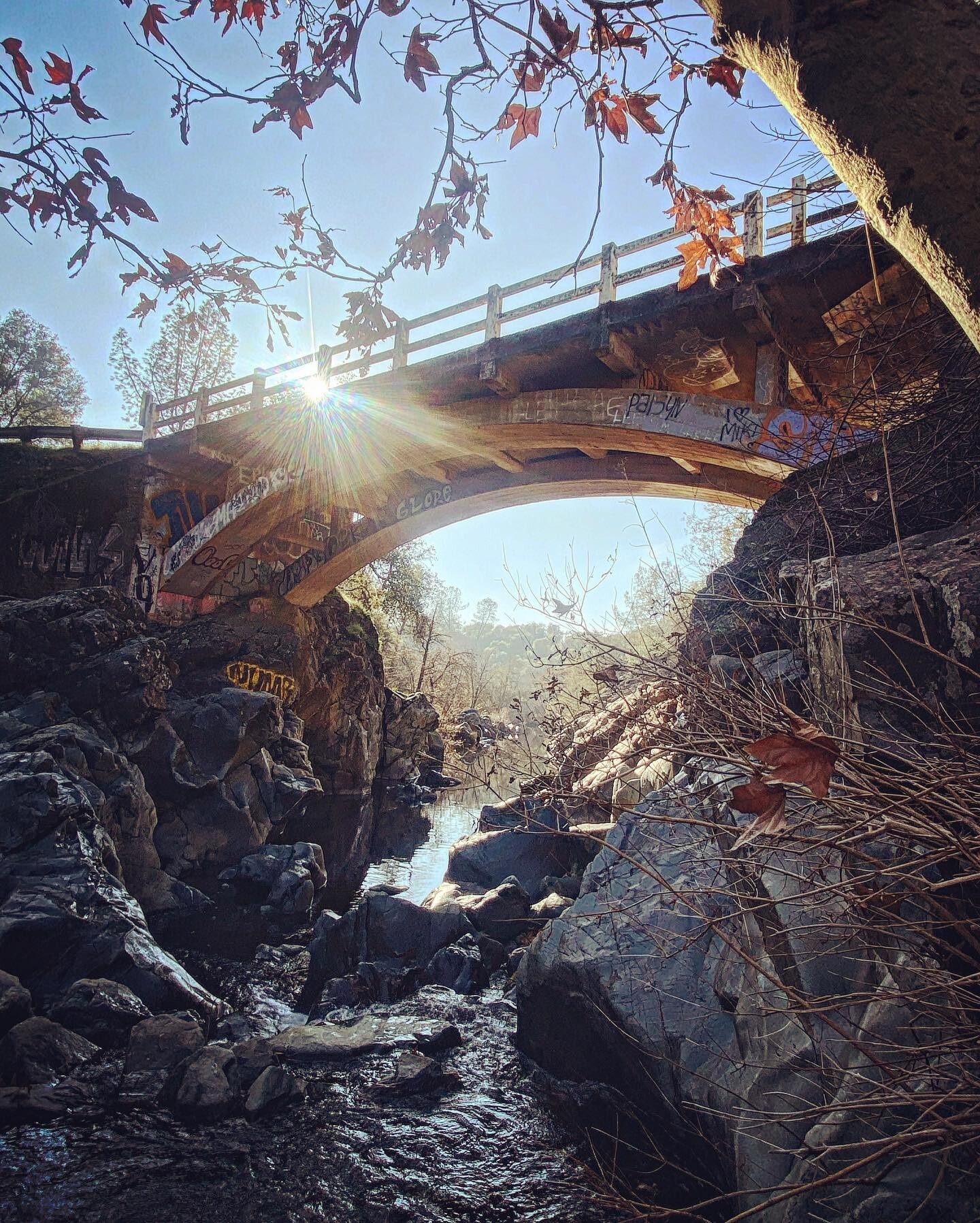Part of Butte County’s culture and identity is its history, and that history is preserved in a kind of reverence in its smallest unincorporated communities.
In its earliest stages, the county was a prime stopover point for stagecoaches and rails, with its primary industries comprising mining and sawmilling. As other industries developed in other parts of the county, the need mining and sawmilling faded away and, with it, the primary economic source in mining towns across the county. As these once-dominated industries waned, resilient pockets of residents persevered, reshaping these small communities with rich histories into present-day playgrounds.
Butte County Wines in Durham & Bangor
South of Chico, Durham was originally established in 1917 as an experimental cooperative agricultural colony, and maintains much of that agricultural lifestyle today. Featuring a wealth of local orchards, the Durham Wine District is the perfect place to enjoy a day of artisan wine tasting.
On the Butte-Yuba border, Bangor also offers a variety of stops for wine lovers. Originally founded in 1855 as a mining boom-town by homesick travelers from Maine, Bangor is now enjoying a wine industry boom, and you can easily enjoy an entire day of local tastings at the wineries in the Bangor Wine and Spirits Region.

Explore Butte County’s Gold Rush Heritage
Just north of Magalia, Stirling City began in 1903 as a milling destination, and the local Stirling City Historical Society museum offers a look at the town’s logging history. It’s now home to just about 300 people, but still features Clotilde Merlo Park, a must-visit attraction that offers 20 acres of forested paths and boardwalks.
Inskip was a gold rush destination most famously supported by its inn. A popular stop for miners traveling through in its heyday, the town now has a rebuilt Inskip Hotel, which is not only on the National Register of Historical Places, but is rumored to be haunted by an arsonist-hunting ghost. Inskip also gets snowy hills during colder winters, making it a quieter outdoor winter destination.
Berry Creek also has a rich history, from humble beginnings as a gold mining camp. Today, while Berry Creek is almost more a zip code than a location, its proximity to Plumas National Forest makes it an excellent staging area for trips to nearby Big Bald Rock or any of the forest’s other natural treasures.
Finally, there’s Cherokee, another of Butte County’s historical highlights. Once home to Native Americans of the Maidu tribe, it eventually came to house one of the state’s most productive hydraulic mines. But the mine was short-lived, and today, all that remains is a cemetery.

Butte County Photo Ops
A ghost town tucked away between Oroville and Cherokee, Oregon City is home to an 1872 schoolhouse that’s been transformed into a museum by the Butte County Historical Society, and the 1983 Oregon City Covered Bridge is a perfect place for a selfie or family photo.
Yankee Hill offers more great opportunities for photo memories. Situated along a gorgeous, rocky stretch of Butte County’s scenic Highway 70, there are plenty of places to stop for a picture or to take in the view. Yankee Hill is also home to Rock House Dining & Espresso, an picturesque stop along the Feather River Canyon. With an iconic sign and 18” walls originally built from local stone in 1937, it’s a perfect place to take a photo and reflect on your adventures.

Though the industries at the foundation of Butte County’s smallest regions are long gone, the communities that remain are home to both rich history and activities that set them apart from their more urban city kin.
